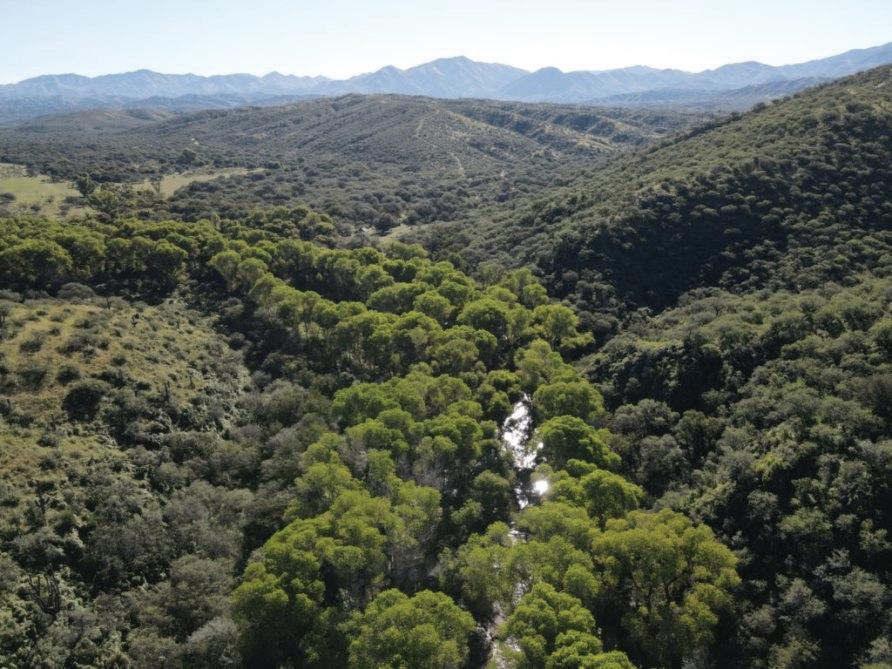
1 minute read
Background of the G l obal Ob j ective 3 0 x30
Our planet’s extinction crisis is an issue that concerns governments at all levels. At the highest level, members of the United Nations signed the Convention on Biological Diversity in 1992 as a binding treaty that commits nations to work towards biodiversity conservation. Mexico ratified the Convention in March 1993 and it came into effect in December of that year. The governing body of the Convention is the Conference of the Parties led by its Secretariat
Throughout the previous decade, the members of the Convention worked on protecting biodiversity under the framework of the Strategic Plan 2011-2020. In 2017 the Open-ended Working Group on the Post-2020 Global Biodiversity Framework (WG2020) was created to establish a new guiding document for 2020-2030.
Advertisement
In August 2020, the WG2020 published the Preliminary Draft Update of the Post-2020 Global Biodiversity Framework, setting out for the first time, in a global document, the target of conserving 30% of the planet by 2030. This target responds to the call of the scientific community, summarized in a report by the International Union for Conservation of Nature, to review the Aichi Biodiversity Targets incorporated into the 2011-2020 Strategic Plan, as they are insufficient to conserve global biodiversity.
In the U.S., California set an example for the rest of the country, and across the world, when issuing Executive Order N-82-20 in 2020, which established the goal of conserving 30% of the state's land and coastal area by 2030.
Fifty countries, including Mexico, followed suit by forming the High Ambition Coalition for Nature and People in January 2021, which expressed "their commitment to protect at least 30% of land and oceans by 2030, and to advocate for an ambitious global agreement to halt species loss and protect ecosystems that are vital to human health and economic security."
That same month, the President of the United States issued Executive Order 14008, which kicked off several actions to combat the climate crisis, including a goal of protecting 30% of the country's land by 2030, later identified as the America the Beautiful Initiative.
Finally,in December 2022, the Convention on Biological Biodiversity adopted the Kunming-Montreal Global Biodiversity Framework whose third target was established as:
"Ensure that at least 30 percent of terrestrial, inland and coastal waters and marine areas globally, especially areas of particular importance for biodiversity and ecosystem functions and services, will be conserved and effectively managed through ecologically representative, wellconnected and equitably governed systems of protected areas, and other effective area-based conservation measures, the recognition of indigenous and traditional territories, where appropriate, integrated into broader landscapes, seacapes and oceascapes, while ensuring that any sustainable use, where appropriate in such areas, is fully consistent with conservation outcomes, recognizing and respecting the rights of indigenous peoples and local communities.”

